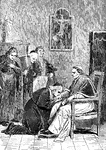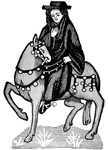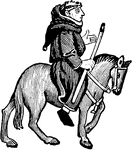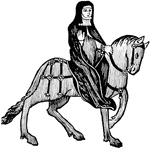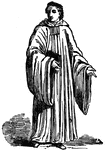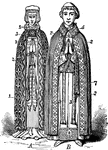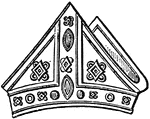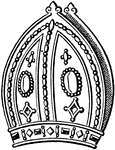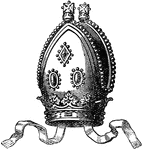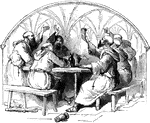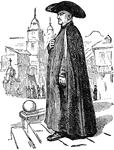The Vestments ClipArt gallery offers 65 illustrations of Christian liturgical garments. Although technically not vestments, the gallery also includes examples of non-liturgical clerical clothing and religious habits.
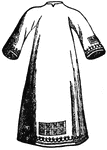
Albe
"The long white linen vestment worn in early times by all ecclesiastics at divine service. It differed…

Amice
An amice was a loose fitting garment worn by Romans over their tunics; it was also worn by priests and…

Medieval Amice
Three examples of the medieval method of putting on the amice. The amice is a liturgical vestment used…
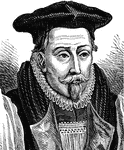
Bishop Lancelot Andrewes
Lancelot Andrewes (1555 – 25 September 1626) was an English clergyman and scholar, who held high positions…

Thomas A-Becket
The Archbishop of Canterbury, Thomas A. Becket, did not think it was right to consent to a law that…

Benedictine Monk
Within Roman Catholicism, a monk is a member of a religious order who lives a communal life in a monastery,…

Benedictine Nun
Benedictine refers to the spirituality and consecrated life in accordance with the Rule of St Benedict,…

A Bishop Sitting on a Bishop's Throne Called a Cathedra
Illustration of a bishop sitting on an ornately decorated cathedra. A crosier, pastoral staff, rests…

Bishop's Staff - Head with Serpent Design
Illustration of the head of a bishop's staff, also called a crosier. The head is a serpent curled around…

Costume of a Bishop (12th Century)
The pontifical vestments, also referred to as episcopal vestments or pontificals, are the liturgical…
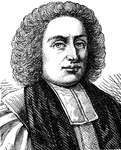
Bishop Joseph Butler
Joseph Butler (May 18, 1692 O.S. – June 16, 1752) was an English bishop, theologian, apologist, and…
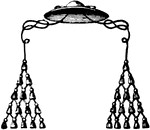
Cardinal Hat
"Cardinal, an ecclesiastical prince in the Roman Catholic Church, who has a voice in the conclave at…

A Carthusian
The Carthusian Order, also called the Order of St. Bruno, is a Roman Catholic religious order of enclosed…
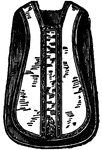
Chasuble
The principle vestment worn by clergy of the Greek and Roman churches during celebration of mass.

Cistercian Monk
The Order of Cistercians, sometimes called the White Monks, is a Roman Catholic religious order of enclosed…
Cope
"An ecclesiastical vestment, worn during the celebration of mass, at processions, vespers, and other…

Coronation Cope
An illustration of a seventeenth century coronation cope at Westminster Abbey. The cope (Known in Latin…

Dalmatic
"The deacon's robe, in the Roman Catholic Church. the most ancient form of the dalmatic is exhibited…

Frate della Misericordia
"A Frate della Misericordia. MISERICORDIA, the name of a society (of laymen) in Florence, founded in…
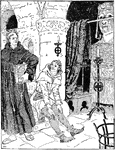
Friar Bacon and Friar Bungay
Friar Roger Bacon and the servant Miles with the brazen head from the play, The Honourable History of…
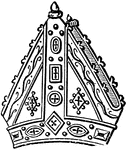
Mitre of Bishop Goodryke
The traditional mitre of Bishop Goodryke. Thomas Goodrich (or Goodricke) (1494 – 10 May 1554) was…

Bishop Reginald Heber
Having taken holy orders in 1807, he took up the family living of Hodnet in Shropshire. In 1809 he married…

The Holy See Coat of Arms with Crosier, Processional Cross, and Decorative Foliage
An illustration of the coat of arms of the Holy See with a crosier, processional cross, and some decorative…
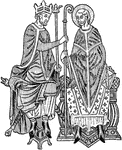
Investiture
"Investiture of a bishop by a king through the giving of the crosier, or pastoral staff."—Myers, 1905
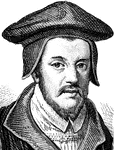
Bishop John Jewel
John Jewel (May 24, 1522 – September 23, 1571), was an English bishop of Salisbury. Under Elizabeth's…
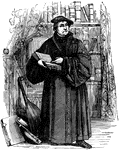
Martin Luther
Martin Luther (November 10, 1483 - February 18, 1546) was a German monk, theologian, university professor,…
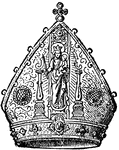
Miter
"Miter, or Mitre, is a form of head-dress worn by the inhabitants of Asia Minor; a head-band. In religion,…

Mitre
"MITRE. A sacerdotal ornament for the head, worn by Roman Catholic archbishops and bishops on solemn…
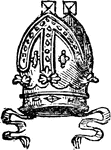
Mitre
"Mitre. A sacerdotal ornament for the head, worn by Roman Catholic archbishops and bishops on solemn…

Mitre and Crosier
The mitre is a type of headgear now known as the traditional, ceremonial head-dress of bishops and certain…
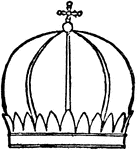
Mitre of Armenian Priest
"In the Armenian Church priests and archdeacons, as well as the bishops, wear a mitre. That of the bishops…
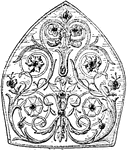
Mitre of Roman Catholic ArchBishop of Westminster Cardinal Vaughan
A mitre of Cardinal Vaughahan from the Roman Catholic Archbishop of Westminster. The hat was worn by…

Mitre Evolution from 11th Century to Present Day
"The original form of the mitre was that of the early papal tiara, i.e. a somewhat high conical cap.…
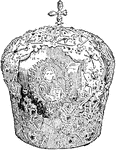
Decorated Greek Mitre
A decorated Greek mitre from the Orthodox Eastern Church. The hat is worn by the bishops. Greek mitre…
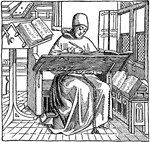
Monk Copyist
"The monks also became copyists, and with great painstaking and industry gathered and multiplied ancient…

A Monk with a Pointed Hood and Crosses on His Habit
Illustration of a monk, displaying an open book. His hood is pointed and appears to be unattached from…

Odo of Bayeux
Odo of Bayeux (c. 1036 – February 1097, Palermo), Norman bishop and English earl, was the half-brother…

Papal Tiara
The Papal Tiara, also known as the Triple Tiara, or in Latin as the 'Triregnum', and in Italian as the…
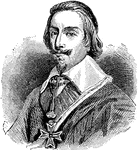
Richelieu
Armand Jean du Plessis de Richelieu, Cardinal-Duc de Richelieu (September 9, 1585 – December 4, 1642),…

Archbishop William Sancroft
William Sancroft (30 January 1617 – 24 November 1693), was the 79th archbishop of Canterbury. He became…
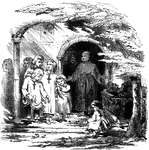
Church Scene
A church scene with the priest standing in the doorway with a group of children in robes.
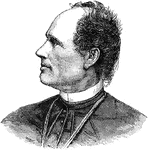
Josip Juraj Strossmayer
Josip Juraj Strossmayer (February 4, 1815 – May 8, 1905) was a Roman Catholic bishop, benefactor and…

